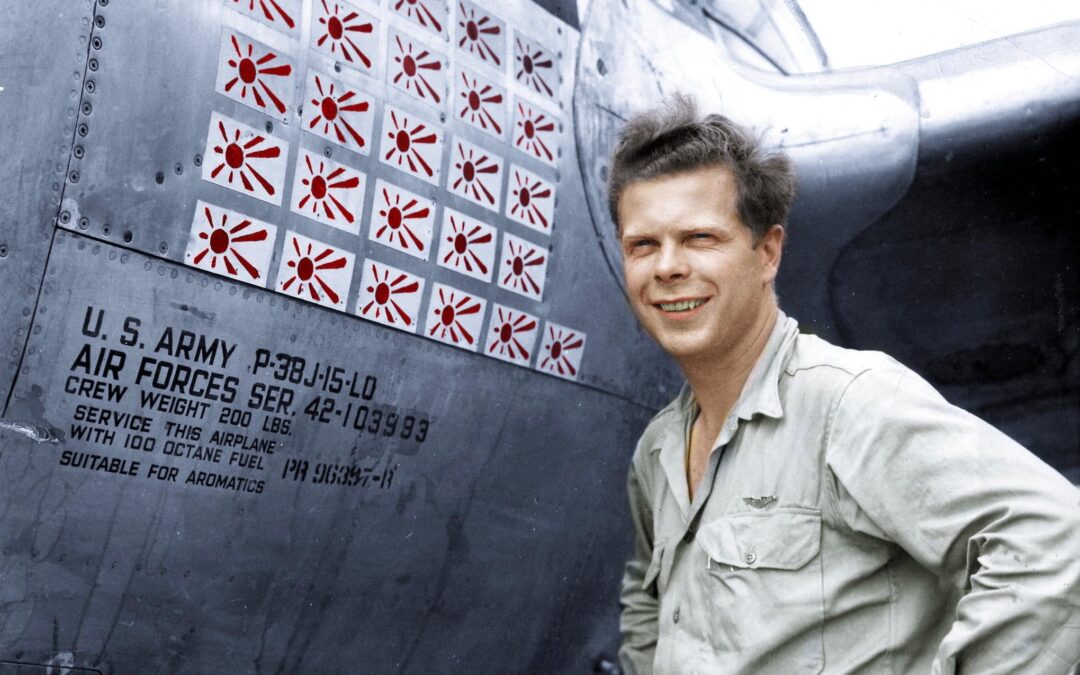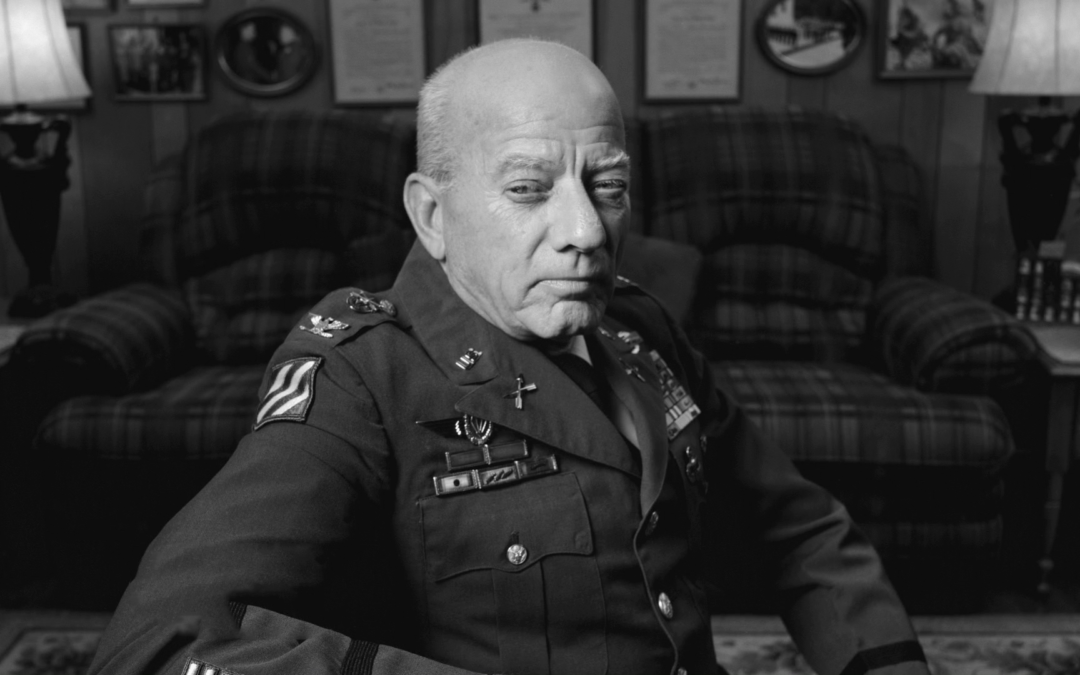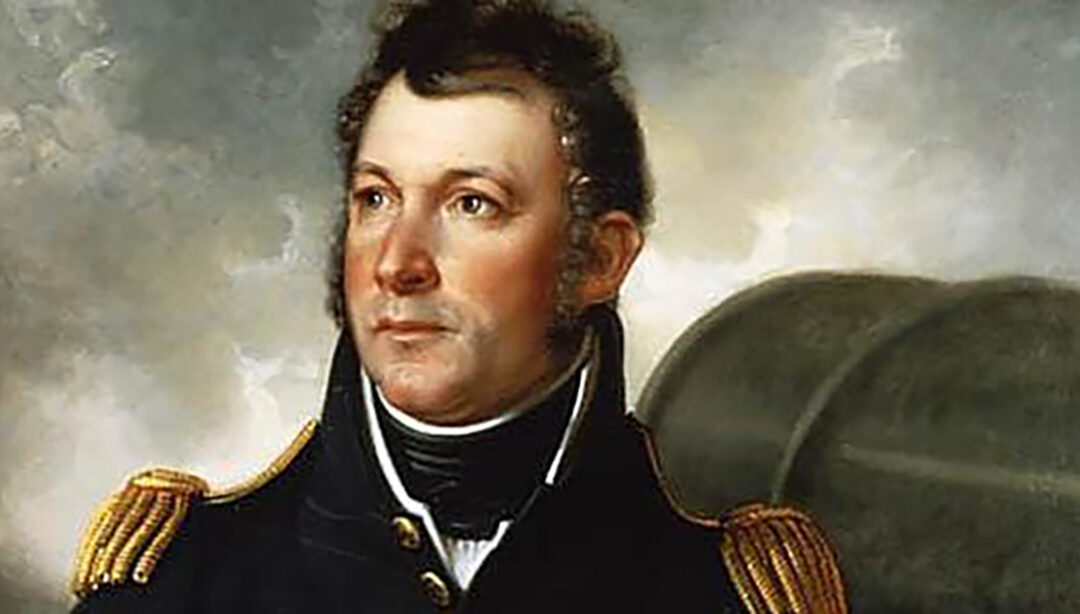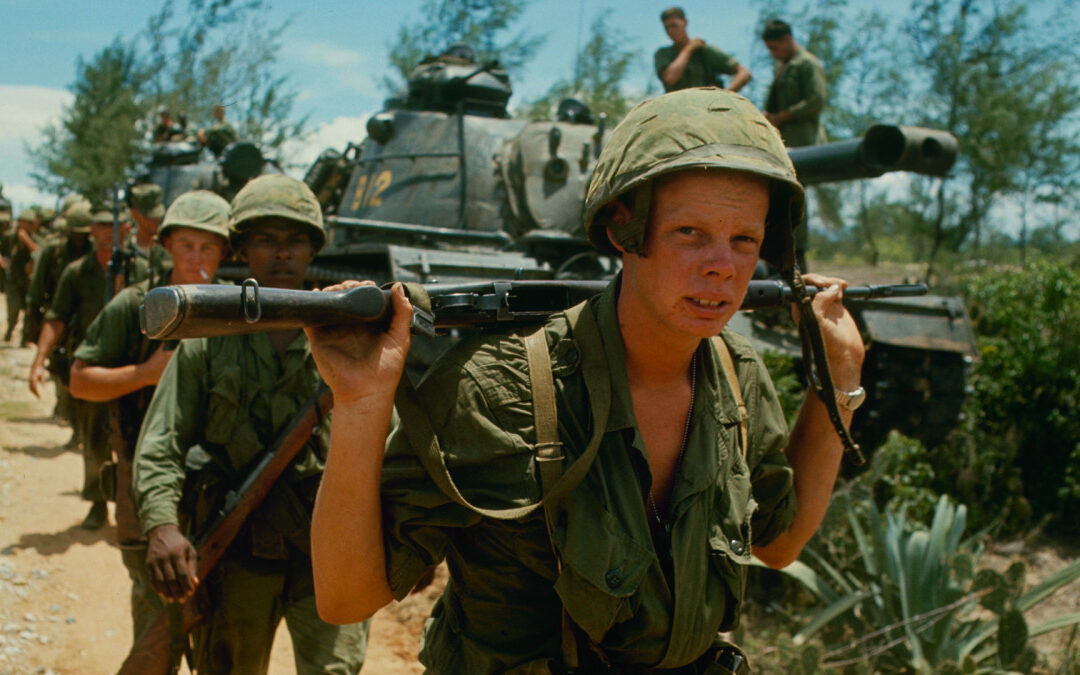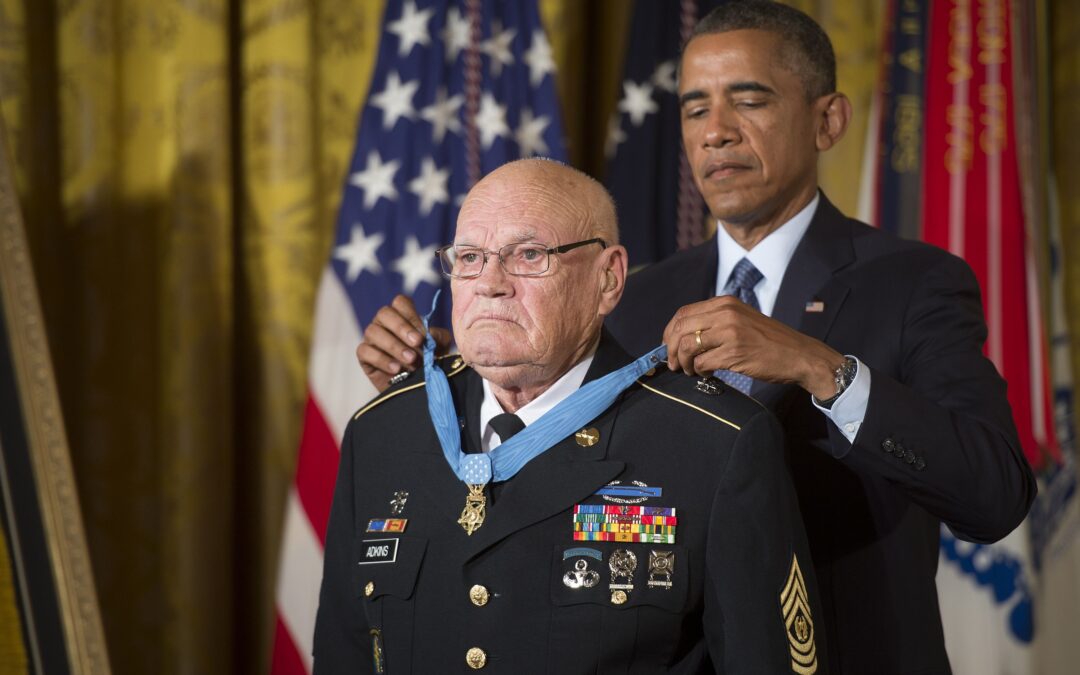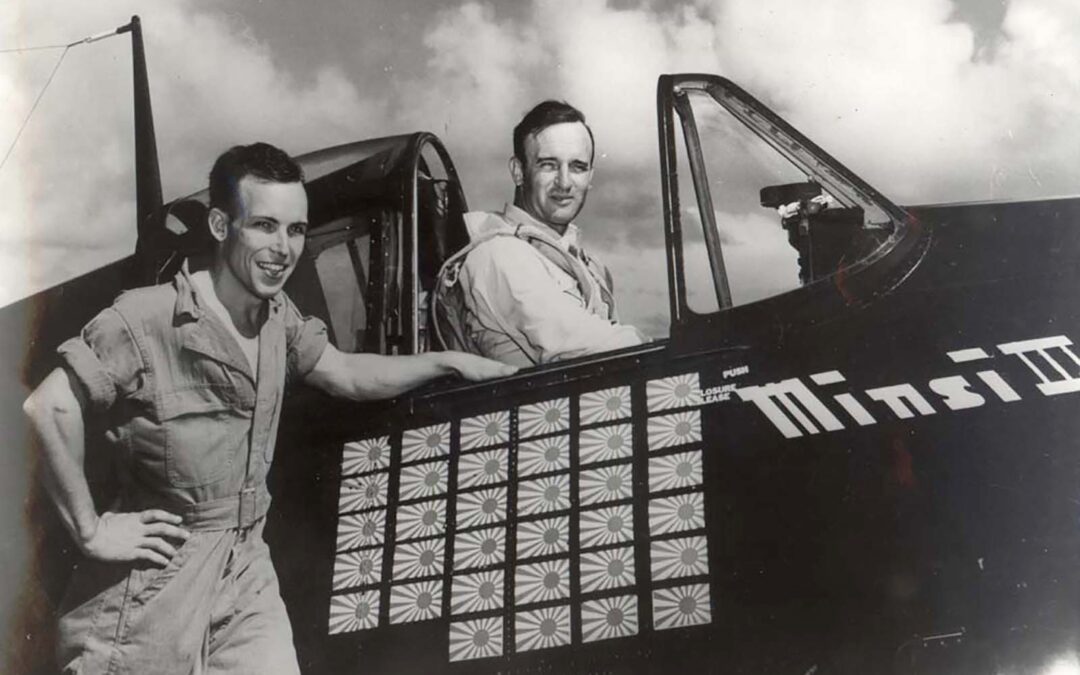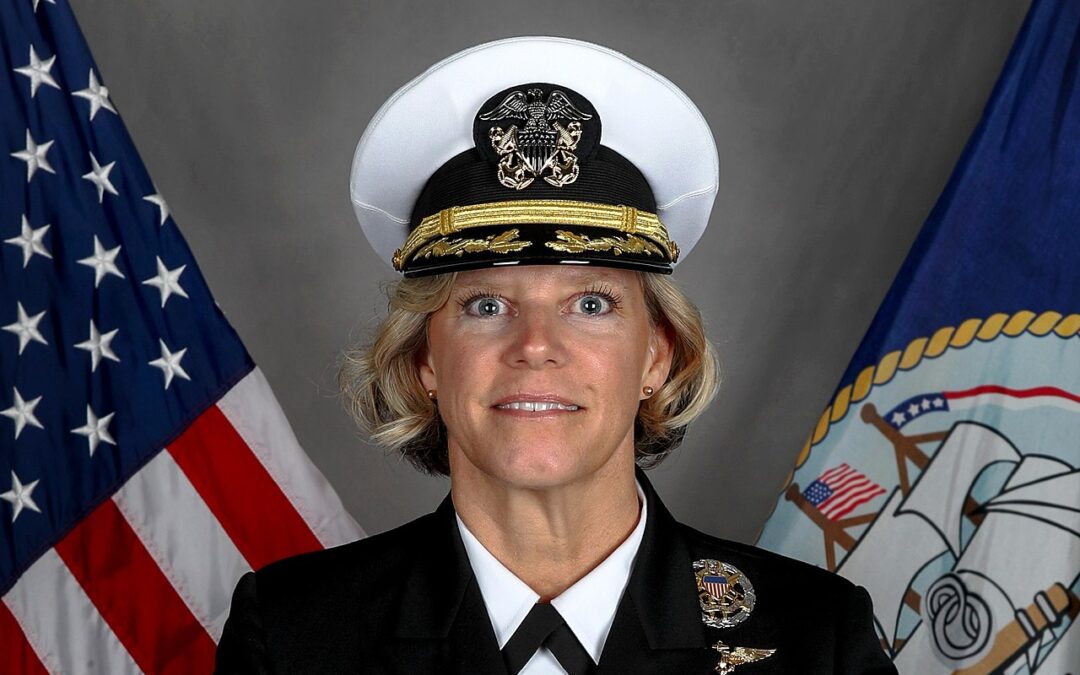Richard Ira "Dick" Bong, was born September 24, 1920, in St. Mary's hospital in Superior, Wisconsin. He was the first of nine children born to Carl T. Bong and Dora Bryce Bong, living on a farm near the small town of Poplar, Wisconsin, about 20 miles southeast of Superior. Dick's father came to the United States from Sweden at the age of seven, and his mother was of Scots-English descent. Dick grew up on the family farm and attended the Poplar Grade School. Richard Bong then attended the Poplar High School, which consisted of only three grades. Consequently, he completed his senior year at the Superior Central High School in 1938 by commuting 44 miles round-trip. Bong's interest in aviation began in 1928 when President Coolidge was vacationing near Superior and established a summer White House in the Superior High School. His mail was delivered to him daily by an airplane. Dick was fascinated. Later, he recalled that the mail plane "flew right over our house, and I knew then that I...
